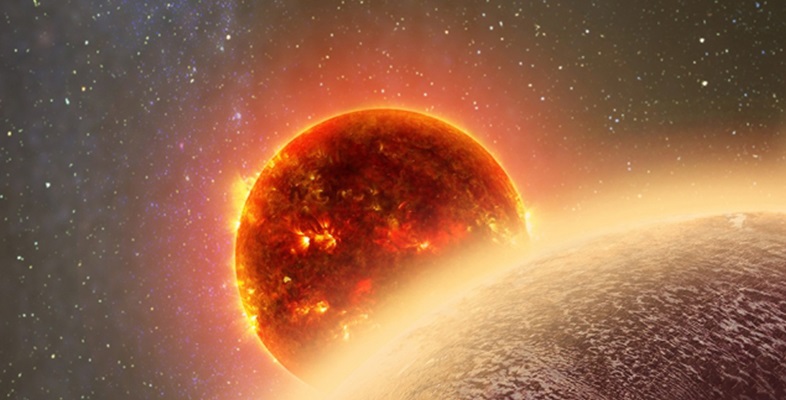Week 6: Planets galore: the contents of the Milky Way
Introduction
Last week, you discovered how to measure the properties of exoplanets. You were introduced to some of the various surveys that have detected transiting exoplanets, in particular the Kepler spacecraft that has found around two-thirds of all the planets discovered to date. This week, you’ll take a look at some of the important things we’ve learned from Kepler’s mammoth haul of planets. This will lead on to the search for planets which may be habitable, the likelihood of finding another Earth-like planet, and ultimately, life out there.
Watch the following video to find out more about what you will be learning this week.

Transcript
By the end of this week, you will be able to:
- know that there are more planets than stars in the Milky Way
- explain in words how we know this
- describe the relative abundance of terrestrial and giant exoplanets
- know why some exoplanets are much easier to detect than others, using the radial velocity (RV) and transit methods for planet discovery
- understand the use of light years for measuring distance
- understand and explain in words the concept of a habitable zone
- explain why, despite their abundance, we know of relatively few terrestrial exoplanets.
